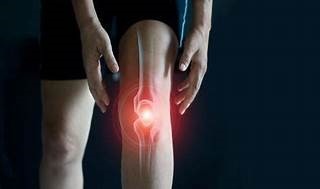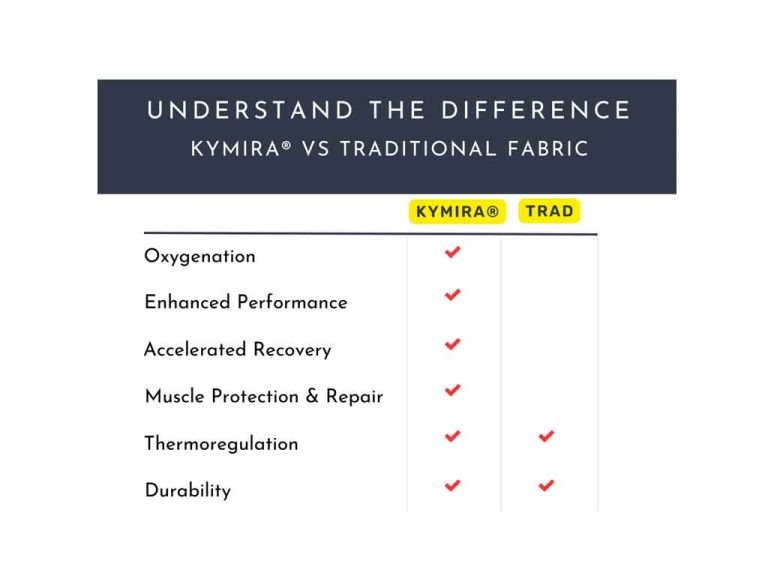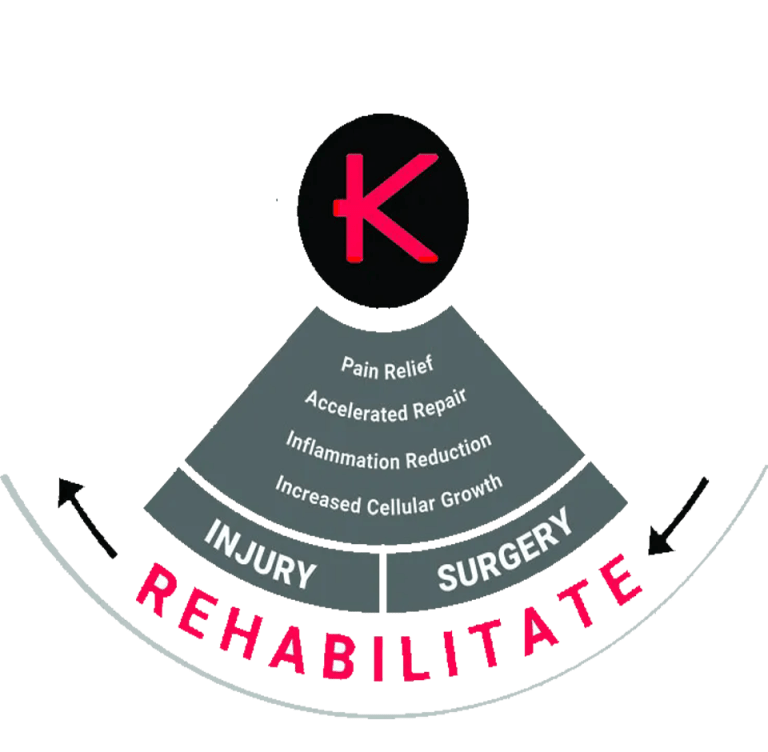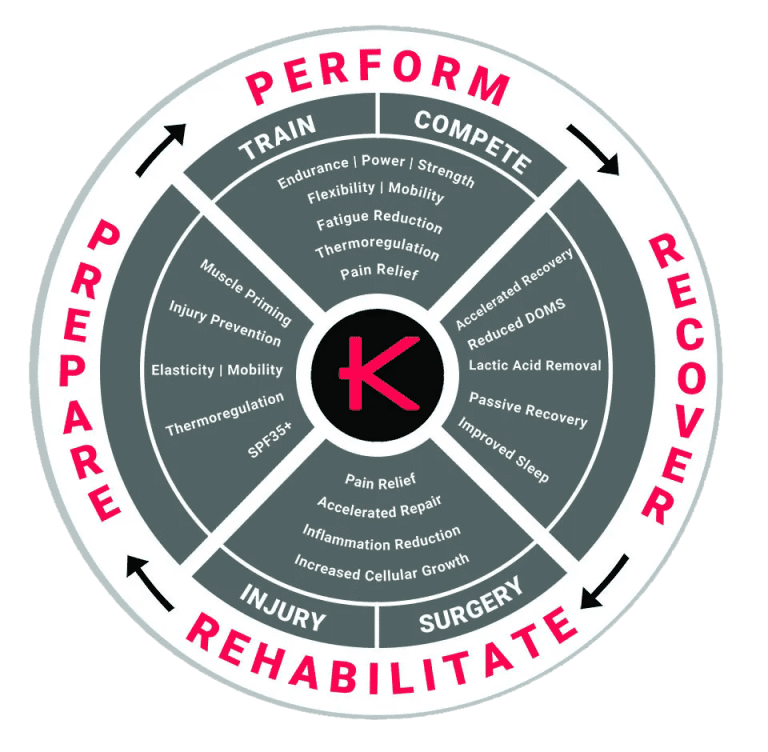The crisp air invigorates, the scenery inspires, but a nagging knee pain throws a wrench in your outdoor adventure. Whether you’re a sharpshooter lining up the perfect shot, an angler patiently waiting for a bite, or walking the fairways, knee pain can quickly turn your passion into pure frustration.
I’d be willing to bet a sizeable chunk of change that you’ve suffered from some degree of knee pain. It’s almost a certainty for most of us unless you’re either incredibly lucky or very well-prepared!
Understanding Your Knee
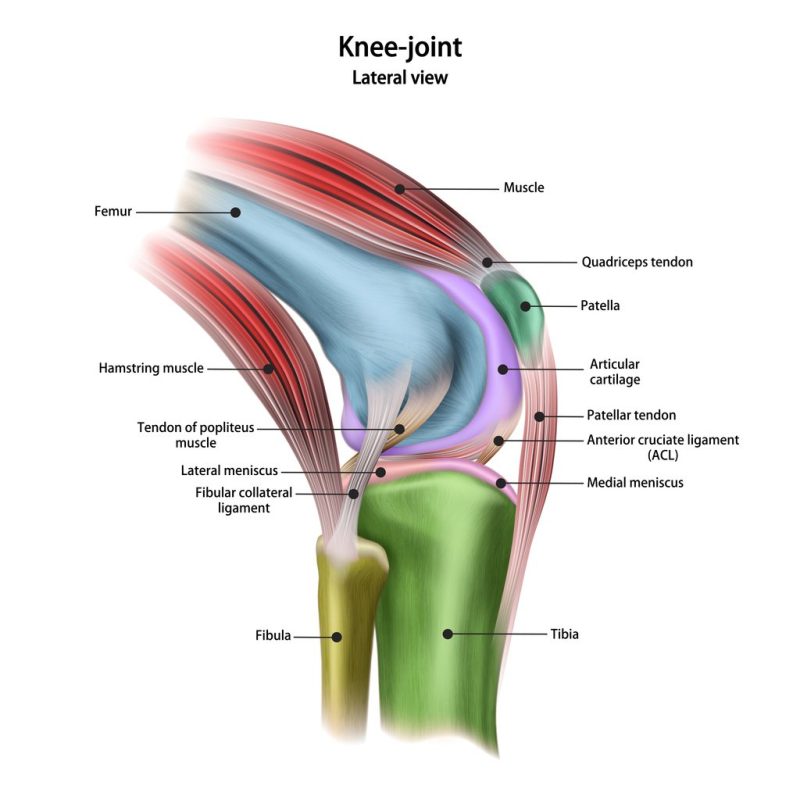
Your knee is a complex joint made up of bones, ligaments, cartilage, and muscles. The kneecap (patella), shinbone (tibia), and thighbone (femur) come together at the knee joint. Ligaments connect these bones and provide stability, while cartilage cushions the joint and allows for smooth movement. Muscles surrounding the knee joint, including the quadriceps (quads) in the front and the hamstrings in the back, help with movement and stability.
In this article, we look at ways to manage your knees and strategies to prevent injury and recover from knee pain.
To start wtih, we have to establish the different causes of knee pain. All of the corrective exercise in the world won’t do anything if you have an underlying condition. If you have something like arthritis, that’s an issue that will need specific professional help.
Serious Knee Injuries:
- Torn Ligaments (ACL, MCL): These ligaments provide crucial stability to the knee joint. A tear can occur due to sudden twists or impacts.
- Meniscus Tears: The meniscus is a crescent-shaped piece of cartilage that acts as a shock absorber in the knee. Tears can happen during twisting motions.
- Osteoarthritis/Chondrosis: These are degenerative conditions that cause cartilage breakdown and bone-on-bone contact within the knee.
If the knee pain is sharp or persistent, if you suspect a serious knee injury, such as a torn ligament or a significant meniscus tear, seek medical attention immediately. Avoid putting weight on the injured knee. Ignoring these injuries can lead to further complications.
Depending on the severity of the meniscus tear, treatment may involve RICE principles (Rest, Ice, Compression, and Elevation), physical therapy, or surgery to repair the tear. Osteoarthritis and chondrosis have no cure, but treatments can manage knee pain and improve function. These may include medication, physical therapy, injections, or joint replacement surgery in severe cases.
We do stress this information is for general knowledge only and should not be a substitute for professional medical advice. If you experience knee pain, especially if it’s severe or persistent, consult a doctor or physiotherapist for a proper diagnosis and personalized treatment plan. Kymira infrared technology has a role to play in your plan for knee pain relief and recovery.

Common Culprits of Knee Pain
For common knee injuries there are ways to tame the ache and rediscover the thrill. Here are some key strategies to silence knee pain and reignite your outdoor passion – it won’t be as difficult as you think.
- Overuse Injuries: Repetitive motions – long rounds, shooting stances, or casting a fishing line – can strain muscles, tendons, and ligaments over time.
- Impact Injuries (Minor Sprains/Strains): Falls or minor impacts can cause sprains or strains in the ligaments or muscles around the knee.
If you experience a common knee injury like overuse or a minor impact sprain/strain, the RICE principles (Rest, Ice, Compression, and Elevation) are your first line of defence. Over-the-counter pain relievers can help manage discomfort during this recovery period. Consider incorporating low-impact activities like swimming or cycling to maintain fitness while your knee heals. Low-impact activities maintain your fitness while giving your knees a break.
1. Listen to Your Body:
Respecting your body’s limitations is crucial. Start slow, gradually increase intensity, and don’t push through sharp pain. Physical therapy is often recommended to strengthen muscles and improve flexibility, helping prevent future injuries.
2. Strengthen Your Support System:
- Proper warm-up and cool-down routines prepare your muscles for movement and prevent tightness.
- Maintaining a healthy weight reduces stress on your knee joints.
- Avoiding repetitive strain by incorporating variety into your activities and taking breaks.
- Strengthening exercises: Regularly strengthening the muscles around the knee joint can improve stability and reduce the risk of ligament tears.
- Proper technique: Proper form during activities helps prevent injuries. Learning the proper technique for your chosen activity doesn’t only help you enjoy and achieve but helps prevent injury too!
- Avoiding high-risk movements: Be mindful of movements that put excessive stress on the knee, such as sudden twisting or pivoting.
Weak muscles around the knee can contribute to knee pain. Focus on exercises that target your quads, hamstrings, and glutes. Strengthening these muscle groups will improve stability and take stress off your knee joint. Here are some examples. (Visual demo of exercises at Knee strengthening exercises: 6 types and what to avoid (medicalnewstoday.com))
- Squats: Stand with your feet shoulder-width apart, toes slightly outward. Lower yourself down as if you’re going to sit in a chair, keeping your back straight and core engaged. Stand back up to complete one repetition. Aim for 3 sets of 10-12 repetitions.
- Lunges: Step forward with one leg, lowering your body until both knees are bent at 90-degree angles. Push back up to the starting position and repeat with the other leg. Aim for 3 sets of 10-12 repetitions per leg.
- Hamstring curls: Lie on your back with both knees bent and feet flat on the floor. Lift one heel off the ground, squeezing your hamstring to bring your foot towards your glutes. Lower back down slowly and repeat with the other leg. Aim for 3 sets of 15-20 repetitions per leg.
- Wall Slides: Stand with your back flat against a wall, feet hip-width apart. Slowly slide down the wall, bending your knees until you reach a comfortable squat position. Hold for a few seconds, then slide back up to the starting position. Aim for 3 sets of 10-12 repetitions.
3. Gear Up for Success:
Invest in proper footwear with good arch support and appropriate cushioning for your chosen activity. Don’t be afraid to consult a specialist for a personalized recommendation.
4. Warm Up and Cool Down:
Don’t jump straight into strenuous activity. Dedicate 5-10 minutes to dynamic stretches that prepare your muscles for movement. Here are a few examples:
- Leg Swings: Stand on one leg and swing the other leg forward and backward in a controlled motion. Repeat for 10-15 swings per leg.
- High Knees: Jog in place while bringing your knees up high towards your chest. Aim for 30 seconds.
- Butt Kicks: Jog in place while kicking your heels towards your glutes. Aim for 30 seconds.
- After your adventure, cool down with static stretches to improve flexibility and prevent stiffness. Hold each stretch for 30 seconds:
- Hamstring Stretch: Sit on the floor with one leg extended and the other bent with your foot flat on the floor. Lean forward towards your extended leg until you feel a gentle stretch in your hamstring. Repeat on the other side.
- Quad Stretch: Stand on one leg and grab the ankle of your other leg. Gently pull your heel towards your glutes until you feel a stretch in the front of your thigh. Repeat on the other side.
5. Embrace Recovery:
Give your body the rest it needs to repair and rebuild. Prioritize quality sleep, consider anti-inflammatory foods like fruits, vegetables, and fatty fish, and explore techniques like massage or foam rolling to promote healing.
By implementing these strategies, you can silence the ache and reclaim your outdoor haven. Remember, a pain-free body is an essential tool for conquering the trail, not the ache.
The Next Level: Explore Advanced Recovery Options
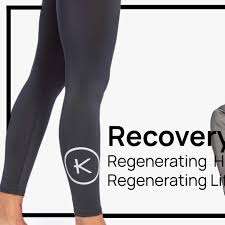
Consider trying advanced recovery options. Modern advancements offer exciting possibilities to further enhance your experience and minimize knee pain.
I am sure you have been waiting for the mention of our Kymira infrared technology garments! Kymira infrared technology is a potential solution worth exploring. The Kymira technology reflects your body’s natural heat radiation, promoting increased blood circulation and faster recovery. This can potentially reduce inflammation and promote healing in your knees, allowing you to push further and explore longer.
And we do know it will help if you are struggling with knee pain.[1] People tell us it works. Triathlete Liam Walker shares his experience: “After suffering knee pain, KYMIRA clothing has definitely helped… Let’s be honest though, you’ll probably still want to know if the materials are comfy and have a premium build and look good. I say without hesitation this is the case!”
It’s important to remember that advanced recovery options and Kymira infrared clothing are intended to complement established treatments, not replace them.
Embrace the Journey, Not the Ache
Knee pain doesn’t have to sideline your outdoor adventures. By understanding your knees, implementing preventative measures, and addressing pain promptly, you can keep exploring the trails, fields, and waterways you love. With a little care and potentially the help of innovative recovery technologies like Kymira infrared technology, you can conquer the ache.
Embrace the freedom of movement. Explore Kymira today and rediscover the thrill of your outdoor adventures.
[1] This is a subject very close to our Founder’s heart – having been unable to walk and enjoy golf for 9 months due to knee pain, the CEO of Kymira convinced Diana to try infrared technology garments. Not only did it get her back on the fairways and range, but she was inspired to work with Kymira to design garments so her fellow sufferers could get back to the activities they love. Her physiotherapist designed the exercises – Kymira added oxygenation and circulation – good plan!

